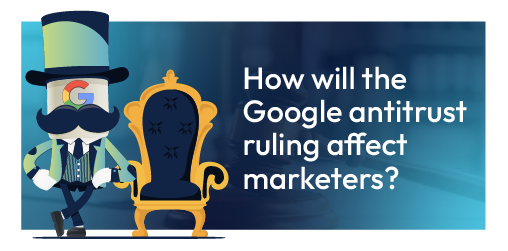Latest Thinking
Resources from RivalMind
Brains buzzing. Ideas brewing. "Latest Thinking" is where we spill the digital tea. From SEO secrets to website wins and marketing missteps to avoid, we’re here to serve up insights that spark new ideas and help your business outthink the competition.

Featured Article
What are SEO services, and how to hire the right provider?
This featured article is a must-read for those keen on understanding the significance of search engine optimization (SEO) in today's digital age. The article outlines four compelling motives that underscore the importance of SEO for businesses of all sizes. With its clear and concise narrative, this resource serves as a valuable tool for entrepreneurs, marketers, and anyone seeking to leverage SEO to elevate their business presence and achieve sustainable growth...


Contact Us









